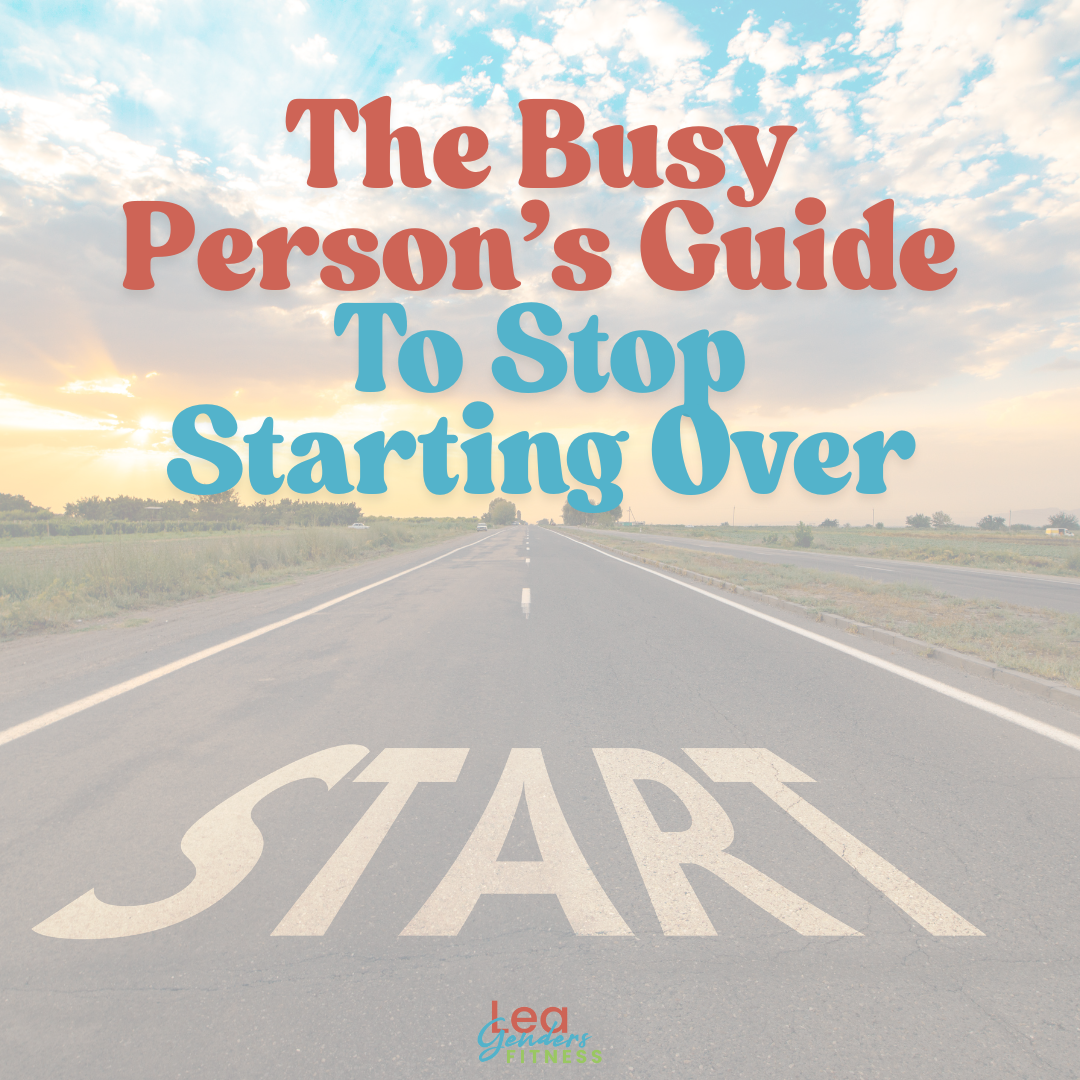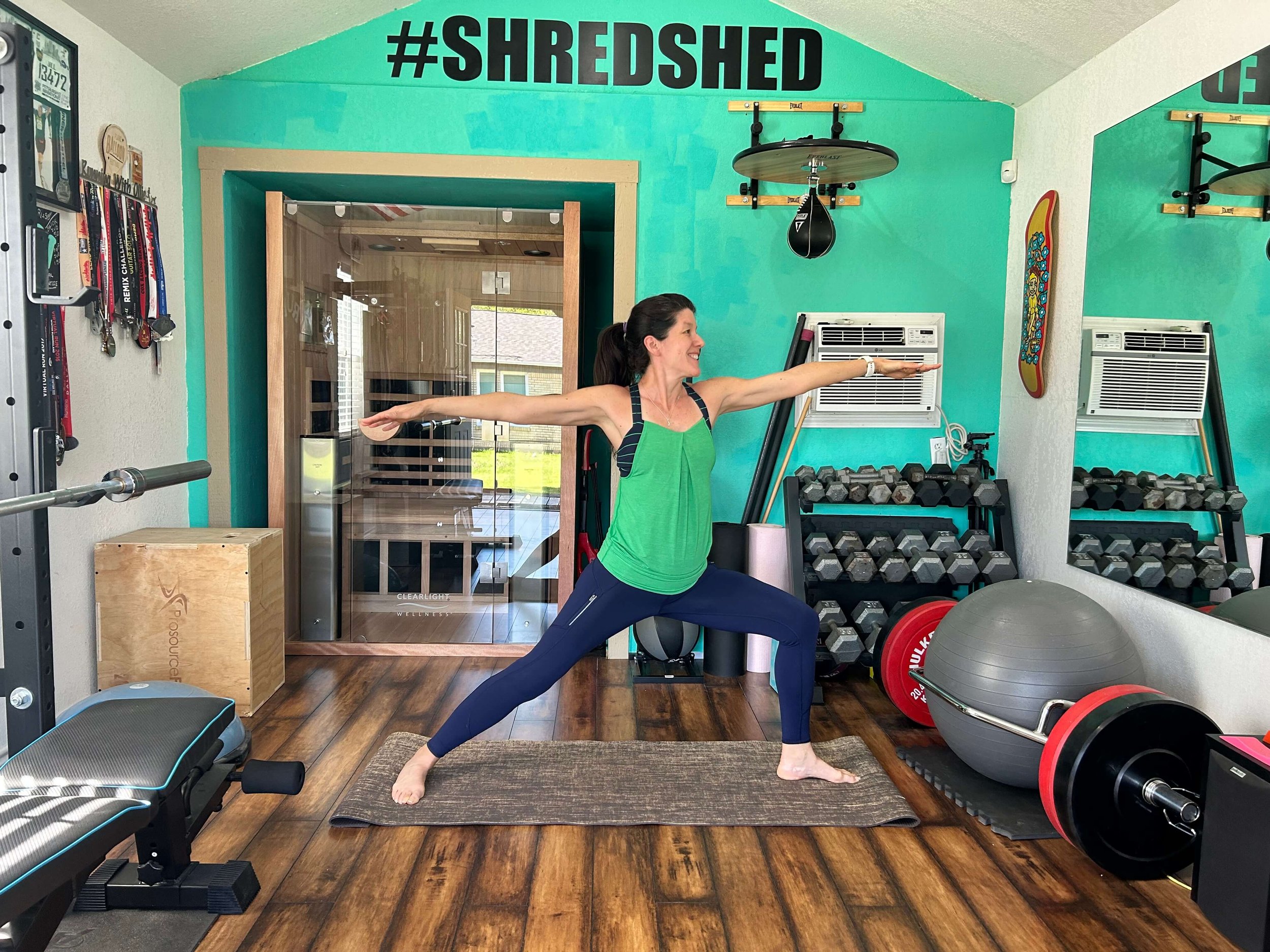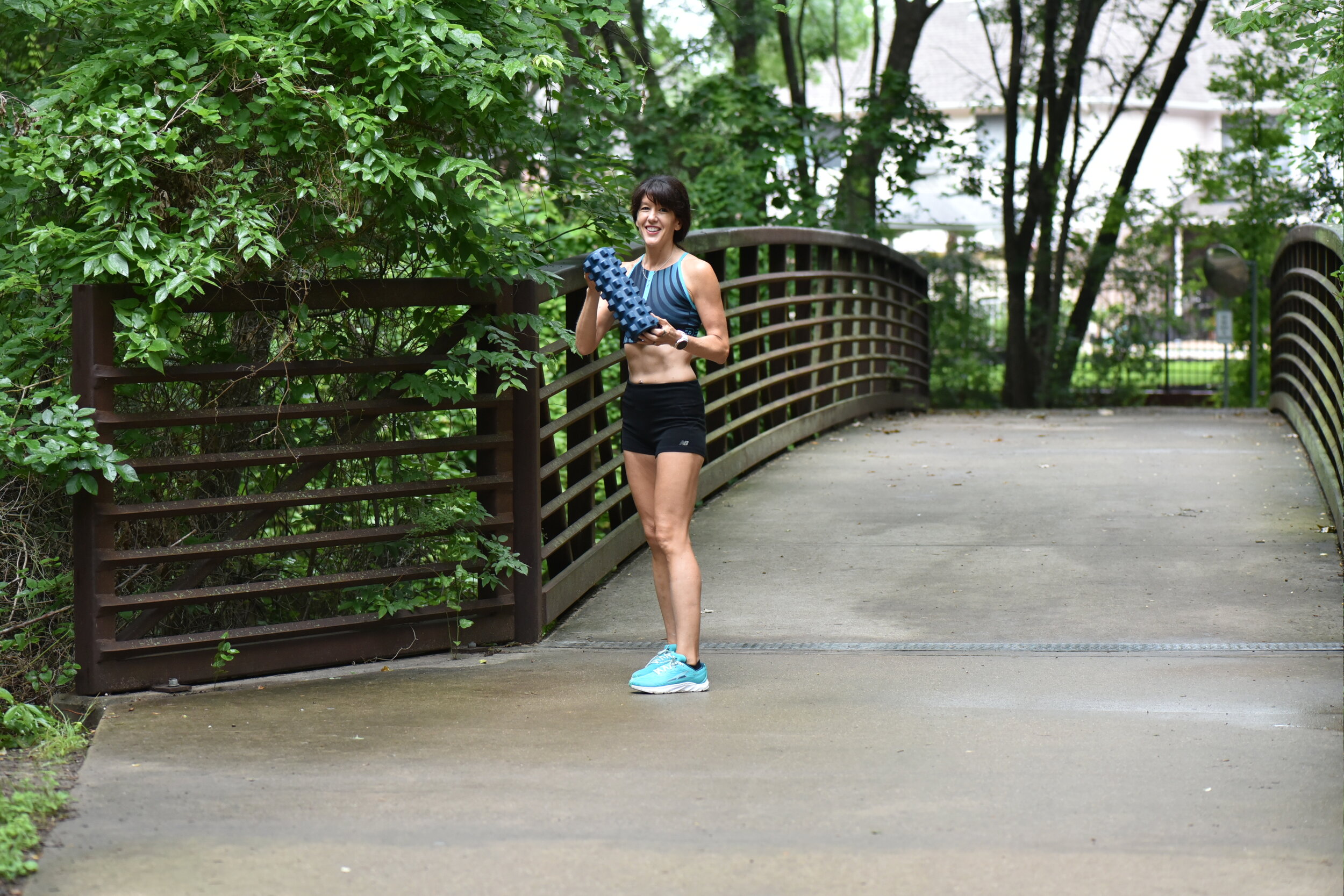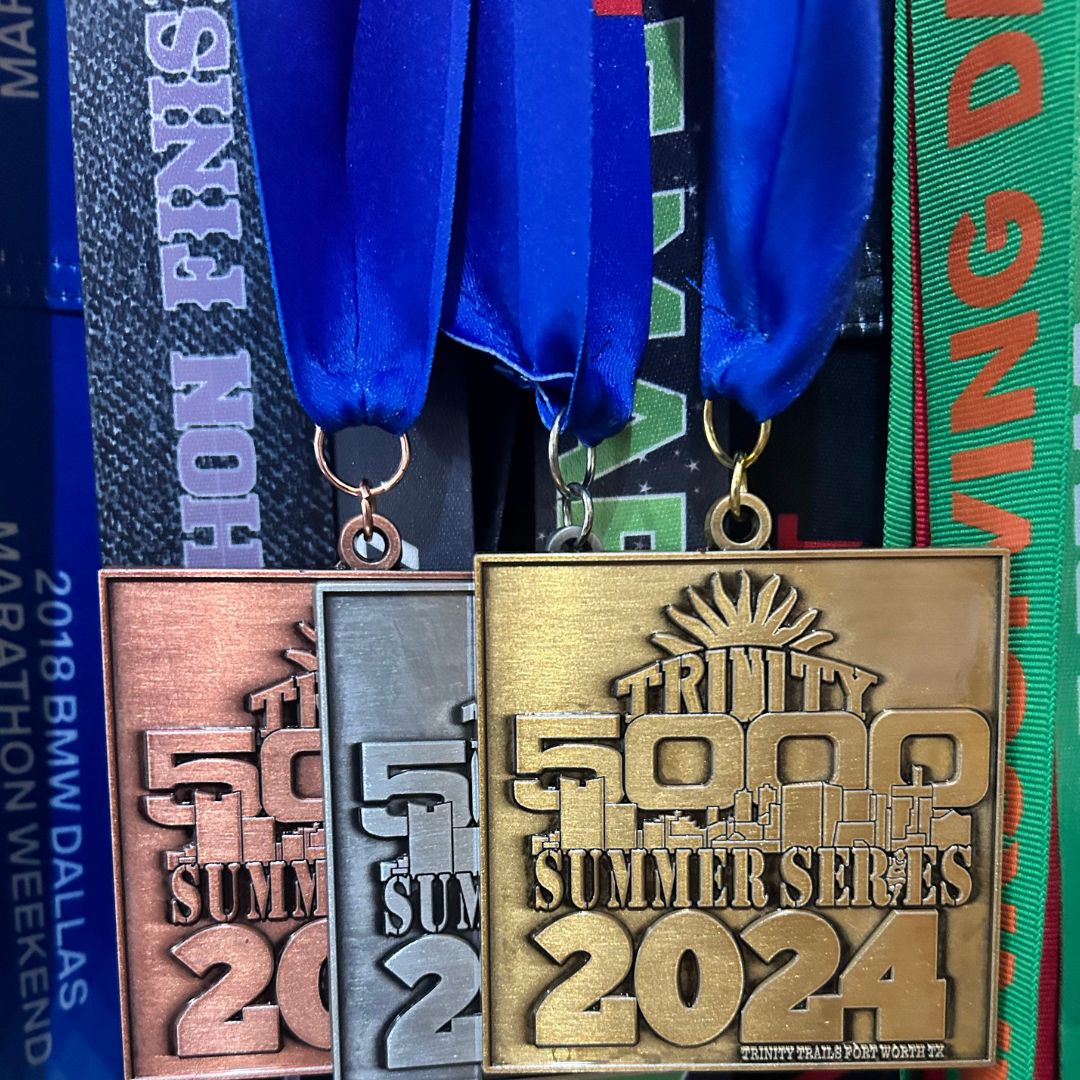I have to eat my words. This is what I said last week when I told you about week 1 of my 52 healthy habits.
“I know that when I write here that I am going to get up at 5:30 and that alarm goes off at the crack of dark thirty, I’ll have some accountability to not turn off my alarm clock and go back to bed, because I really don’t want to write a post next week telling you that I failed. See how that works? I just created some accountability. ”
My week 1 goal was to get up at 5:30am to work on my blog, business or to workout. I know getting up at 5:30 is always hard for me in the beginning. In retrospect, I probably should have started week 1 with something easier in order to build confidence before tackling the hard things. Here is how it went. My internal dialogue:
Monday:
Alarm at 5:30. "Ah, I can go back to bed this morning. I have all week to make it happen. Nothing wrong with having to report that I got off to a slow start on Monday and then kicked ass the rest of the week." Back to bed.
Tuesday:
Alarm at 5:30am. "It is still early in the week. I'll get up tomorrow morning for sure." Back to bed.
Wednesday:
I accidently changed my alarm sound on my phone to something softer and much less annoying than the typical iPhone ringtone. I think this helps as not to so abruptly jolt me out of a deep sleep. It was a happy accident.
I had some blog work that I needed to get done and I got up to finish it. Hubby and I took Ollie for a walk early in the morning and I got so much work done towards my goals. When I was driving to work I had that "runner's high" feeling of euphoria, even though I didn't even run. "Getting up early rocks. I am going to do this forever!"
Thursday:
"Ugh. I don't have anything important to do. I can go back to bed today" Back to bed. Totally forgot something important. Unlike yesterday, I didn't have a clear plan on what I was going to work on in the morning
Friday:
"Why start now? I'll start over next week." Back to bed.
Saturday:
I teach bootcamp on Saturday mornings at 8am and I don't like to rush before camp. I want plenty of time to eat breakfast, make sure I have my workouts and equipment in order and drink coffee before I go. I easily got up early because I knew I had to. It wasn't a choice.
LESSONS LEARNED:
So, I didn't do so well, but I am committed to learning from my mistakes from this past week and improving next week. Here's what I learned from my failure this week.
- Set the alarm to a soft ringtone.
- Have a clear plan for the morning's work. When I had specific things I wanted to accomplish on Wednesday, I got up to get them done. This week before bed I am going to write myself a to-do list for the work I want to accomplish in the morning.
- My 'start over Monday' mindset from Friday is always something I warn my clients against. It's a trap. There is always another Monday. With this mindset you can push your goals off forever. Start today. Start now.
- View getting up early as something that is not a choice, but something I have to do, like on Saturday. I got up easier because I had things I wanted to accomplish and I knew sleeping in wasn't an option.
It is never fun to tell you that I failed, but it is real life and it happens to everyone, even the trainers and coaches. If you didn't quite accomplish what you wanted to last week, every day is new day to start over.
TIME TO TAKE MY OWN ADVICE
I went to a wedding last weekend and one of the ladies at my table asked me about my blog. She said, "Oh, I wish I could run." I gave my usual advice: "You can! Most reasonably healthy people can start to learn to run. But here's the catch. It sucks at first. Like really sucks. So you have to commit to being consistent during that early hard phase. When it's hard and you can't breathe and your legs hate you, you have to do it anyway. This phase can last a few months, but if you commit to regular practice, you will eventually get past it and then running becomes enjoyable. Most people who love to run first went through that early hard phase. You just have to stay faithful in the hard times that it will get better."
Then it hit me. My advice on getting through the hard phase in running applies to everything. It applies to getting up early. Fight through the sucky-phase until it becomes a habit. It might take awhile, but I just 'do it anyway' in the beginning and it will be become routine. Time to take my own advice.
I feel prepared to tackle it again next week...and I seriously don't want to type another blog next week about how I didn't make it happen, so let's do this!
WEEK 2: TRACK CALORIES/MACROS IN MYFITNESSPAL
On to week 2. Since my week 1 habit didn't 'stick" and is still a work in progress, I am going to do something relatively easy for me for week 2. Something I know I can accomplish while I continue to work on week one.
I am going to log my meals into MyFitnessPal. I am not a big believer in tracking every morsel that I eat for the rest of my life. It can become cumbersome and for someone like me who leans towards an 'all-or-nothing' mindset, putting too much emphasis on tracking can throw off my healthy balance if I become too attached to meeting certain numbers. With that being said, I think it is a good idea to track occasionally so I know where I stand. My meals don't drastically change from day to day or week to week, so if I log my calories for a week or two, It gives me a pretty good idea if I am on track.
I am not looking to lose any weight, but I am experimenting with a macro-cycling program to see how it affects my body composition. For week 2 I will track my meals in MyFitnessPal every day to establish a baseline.
What are your goals for the week?
Like this post? Please consider sharing.









































When progress feels slow or uncomfortable, it’s tempting to chase something shiny: a new diet, a new plan, a total overhaul. But what if the problem isn’t your plan? What if it’s just the part where it gets hard? In this post, I’m sharing the simple mindset trick I use to stay focused when distractions pop up, and how the same approach can help you stop starting over in your health and fitness goals.